Gate City
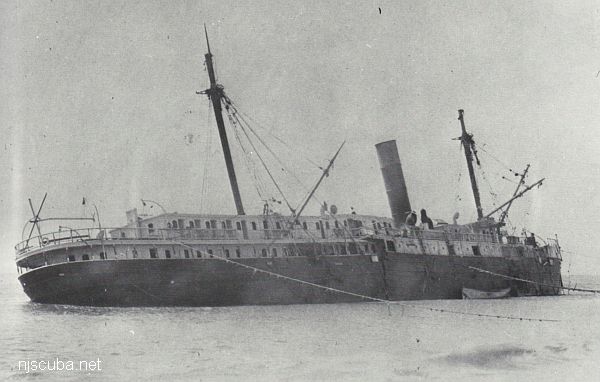
- Type:
- shipwreck, steamer, USA
- Built:
- 1878, Chester PA USA
- Specs:
- ( 254 x 39 ft ) 1997 gross tons
- Sunk:
- Thursday February 8, 1900
ran aground in dense fog - no casualties - Depth:
- 25 ft
The Gate City lies about 150 ft off the beach in 20 ft of water, mostly buried in the sand, her topography changing as the sands do. The visibility is poor due to the heavy surge, which can also make the dive dangerous. There are many jagged pieces of wreckage on which to get impaled. Occasionally, artifacts of value are found. Deadeyes, portholes, and other artifacts show up after big storms uncover different sections.

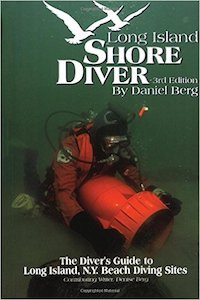

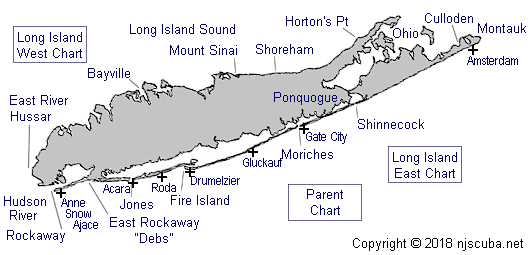
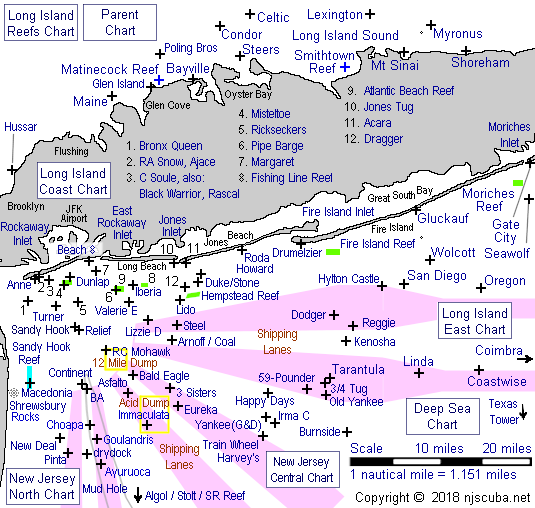
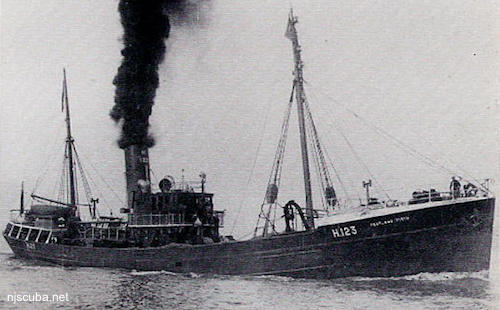
Questions or Inquiries?
Just want to say Hello? Sign the .